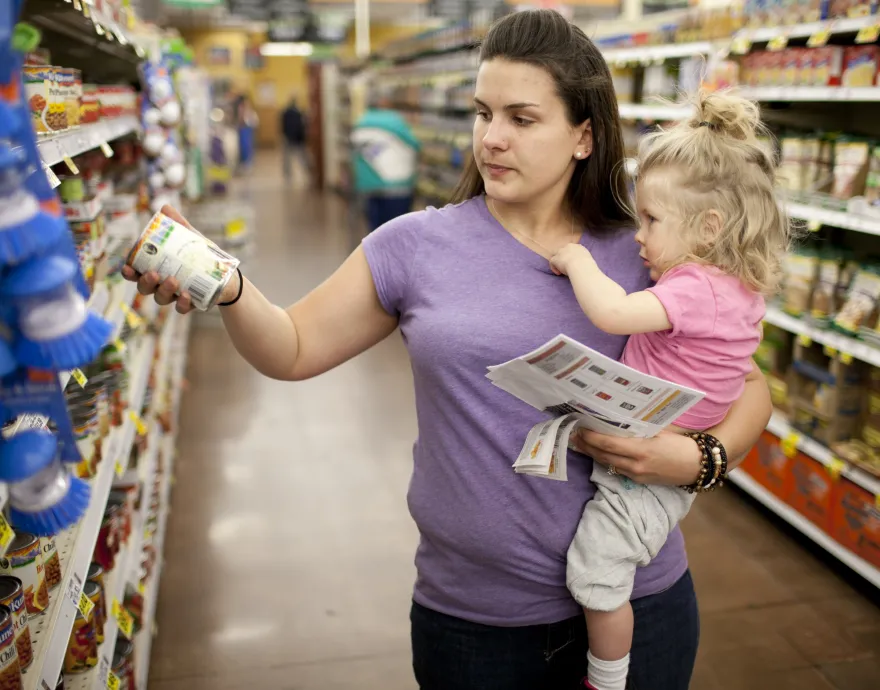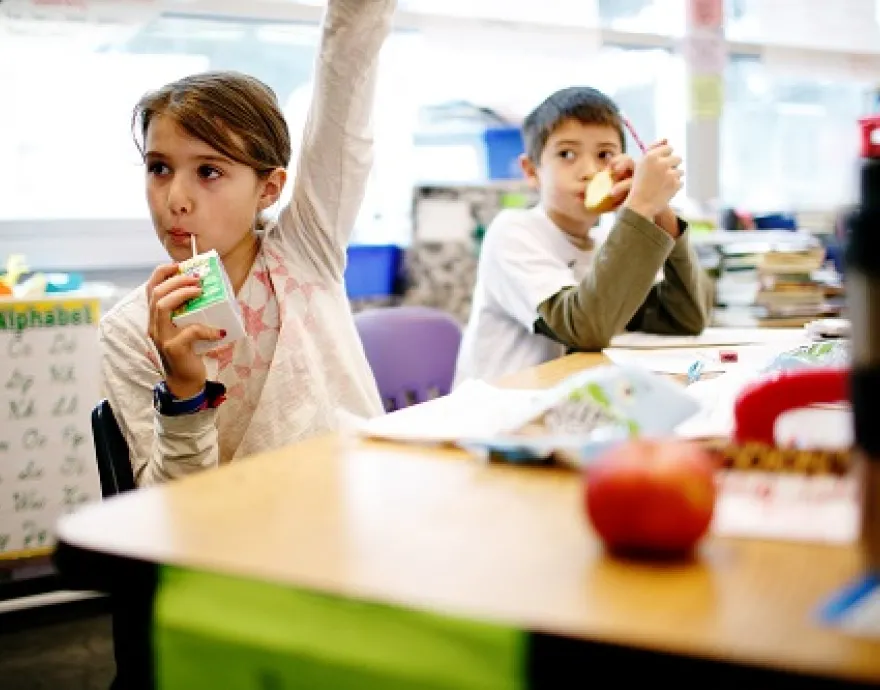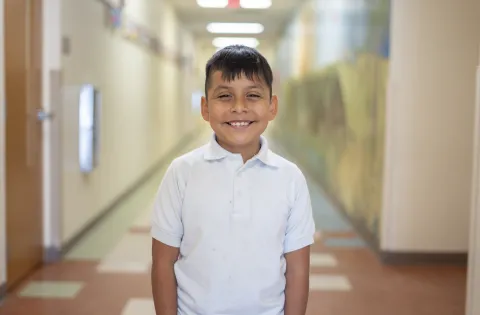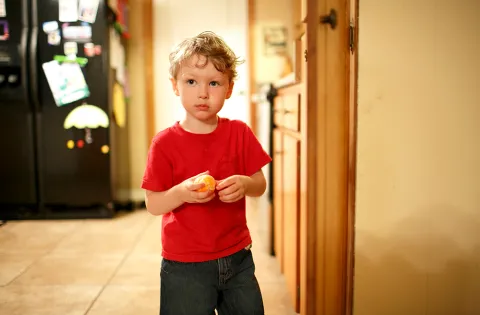School lunch shaming is the fear of being singled out and one of the main reasons kids skip free meals at school – even when they need it.
There’s been a lot of recent media coverage about the issue of “school lunch shaming". The latest news focuses on a school in Rhode Island that recently decided kids with unpaid lunch bills would get a cold sandwich instead of a hot meal.
There are two questions people ask us about this issue: Where does No Kid Hungry stand on school lunch shaming, and what are we doing about it?
What Does No Kid Hungry Think About School Lunch Shaming?
At No Kid Hungry, we believe it's wrong to make a child feel ashamed or singled out because their parents might not have enough money to afford lunch.

Most kids with unpaid meal debt either don't qualify for or aren't signed up for the free lunch program. We know that plenty of families make too much to qualify for that program yet still struggle to make ends meet; even those who are receiving reduced-price meals may have trouble paying for them. Struggling families may fall behind on paying for the child’s school lunch. Other families accidentally lapse, forgetting to pay their bill.
Programs are in place to make sure that kids in families who are struggling can get a free school meal or reduced-price lunch. We know those programs are effective.
When unpaid bills stack up, schools are put in a tough position. School food programs run on very narrow margins – there’s just not a lot of money in the programs and schools can’t afford to carry significant unpaid costs. If families who are not participating in the free meals program are not paying for meals, the meals have to be paid for somewhere, drawing from other school budgets. This puts pressure on schools across the country to get these lunch debts paid.
Some who read media coverage of this issue might believe that school nutrition workers are the villains of this story. That’s false. We know from our work with schools and nutrition workers across the country that they are passionate champions for making sure that kids have the food they need.
What Is No Kid Hungry Doing About It?
First, we’re focused on helping communities make the best use the federal school meals programs. There are provisions in the school meals programs (one is Community Eligibility Provision; the other is called Provision 2) that help high poverty schools cut through red tape and offer meals at no cost to all students. These provisions make sure all students get the food they need, limits the school’s administrative burden and eliminates meal debt as an issue.
Only half of the eligible schools are using these provisions. We are working to change that.

Second, we work with schools and districts to make it easier for low-income families to enroll in free and reduced-price meal programs, so breakfast and lunch are offered at no or minimal cost. We find ways to make applying for meals easier, and we make sure that red tape doesn’t stand between a child and a meal.
Third, we work to make sure no child is shamed over food by helping schools change the way they serve meals, such as bringing school breakfast out of the cafeteria before school starts and making it part of the regular school day for every student.
We are not paying off lunch debt from school districts. We applaud individuals who want to do so, but with tens of millions of dollars in unpaid lunch debt in this country, we are choosing to invest our limited resources in programs that reach the most pressing needs of nutrition for kids from low-income families: expanding breakfast and afterschool meals, and making sure summer meals are available when school is out.
What You Can Do
I know you share our belief that no child should be made to feel ashamed when it comes to school food. There is room to improve school food programs, and we need your help to do that.
Send an email message to your governor today urging them to insist that every school in your state improve the way they feed kids. No kid in the United States should go hungry or feel ashamed of needing help. Learn more about the facts of child hunger in America.


